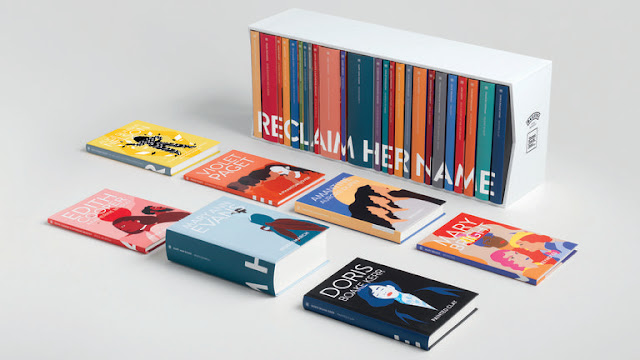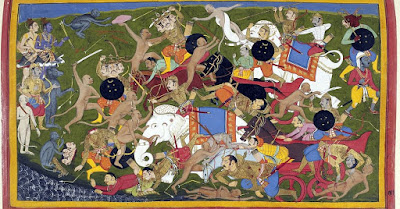WOMEN AUTHORS USING MALE PEN NAMES TO GET SOLD: A TALE OF SEXISM AND PREJUDICE IN PUBLISHING

THE BIAS What do you do to be taken seriously? How do you tackle conscious bias or even more difficult- the subconscious bias? Today, when the virtual world is enmeshed with the real-the social media platforms decide, largely, your presence or relevance with likes, comments, retweets, views, upvotes and what not! To be heard in microcosm is as vital as to be heard in the macrocosm. The freedom of speech and expression is dear to us and so is healthy validation. Before settling with the dictum of ' not very likeable', one looks for ways to get past rejections. Not more than 200 years ago and very present even today(Catherine Nicols' essay for Jezebel in 2015), to get published and be on the sacred reading list, a few women authors deviated from the conventional wisdom of- patience, faith, playing by the rules or standing one's own ground. George Lewes, the partner of Mary Anne Evans, who went by George Eliot ( the Victorian novelist who immortalised her place in the l



